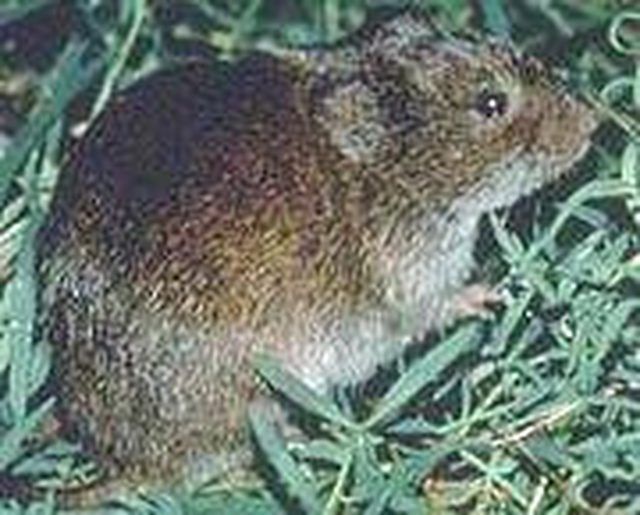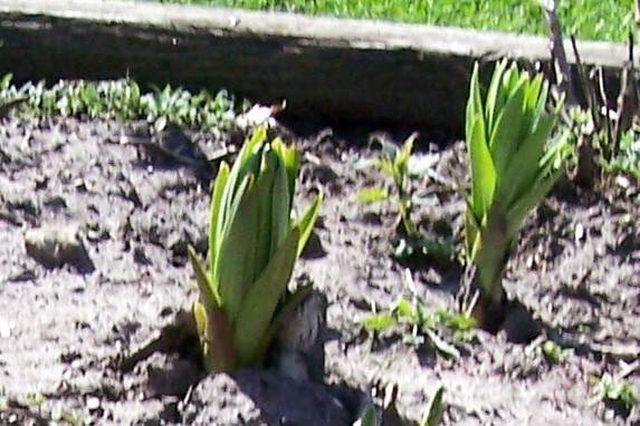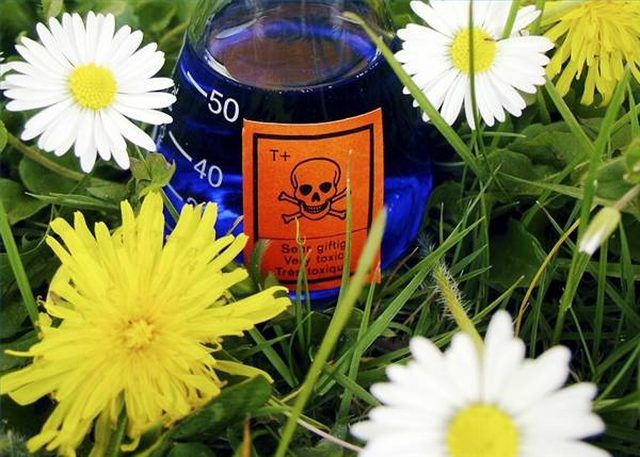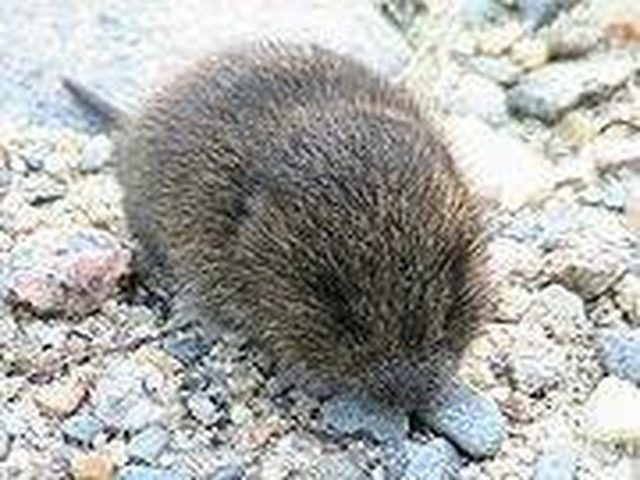Bulbs
Flower Basics
Flower Beds & Specialty Gardens
Flower Garden
Garden Furniture
Garden Gnomes
Garden Seeds
Garden Sheds
Garden Statues
Garden Tools & Supplies
Gardening Basics
Green & Organic
Groundcovers & Vines
Growing Annuals
Growing Basil
Growing Beans
Growing Berries
Growing Blueberries
Growing Cactus
Growing Corn
Growing Cotton
Growing Edibles
Growing Flowers
Growing Garlic
Growing Grapes
Growing Grass
Growing Herbs
Growing Jasmine
Growing Mint
Growing Mushrooms
Orchids
Growing Peanuts
Growing Perennials
Growing Plants
Growing Rosemary
Growing Roses
Growing Strawberries
Growing Sunflowers
Growing Thyme
Growing Tomatoes
Growing Tulips
Growing Vegetables
Herb Basics
Herb Garden
Indoor Growing
Landscaping Basics
Landscaping Patios
Landscaping Plants
Landscaping Shrubs
Landscaping Trees
Landscaping Walks & Pathways
Lawn Basics
Lawn Maintenance
Lawn Mowers
Lawn Ornaments
Lawn Planting
Lawn Tools
Outdoor Growing
Overall Landscape Planning
Pests, Weeds & Problems
Plant Basics
Rock Garden
Rose Garden
Shrubs
Soil
Specialty Gardens
Trees
Vegetable Garden
Yard Maintenance
How to Kill Vole Populations
How to Kill Vole Populations. Voles are small rodents known as "meadow" or "field" mice. They afflict gardens adjoining open or agricultural areas and are active foragers. They are so fast that the only clue to their presence may be the tracks they beat from their burrows to the plants they fancy. They are smaller than house...
Voles are small rodents known as "meadow" or "field" mice. They afflict gardens adjoining open or agricultural areas and are active foragers. They are so fast that the only clue to their presence may be the tracks they beat from their burrows to the plants they fancy. They are smaller than house mice, averaging from 5 to 8 inches in length, including their tails; baby voles are about the size of a half-dollar coin. Populations rise and fall suddenly depending on available food, and control may depend on fast and deadly responses by humans.

Things You'll Need
Predators
Traps
Rodenticides or herbicides
Rubber gloves
Plastic bags
Shovels and rakes
Step 1
Try the natural way to kill vole populations first by practicing "habitat modification." Clean out dead plants at the end of the season, and keep gardens and landscaped areas clear of debris that can be used for winter forage and burrow-lining. Denying the little critters this material controls the population by starving some out and discouraging reproduction in the rest. Voles will eat virtually any garden crop but favor bulbs and tubers, leafy greens, broccoli, cauliflower, brussels sprouts and landscape plants such as lilies and dichondra---plant alternatives when possible.

Step 2
Visit your local animal shelter, adopt a mighty hunter cat and take him to the vet for protective shots (including rabies and feline leukemia) immediately. Praise your defender and handle his gifts with rubber gloves and plastic bags---voles tend to carry all sorts of nasty bacteria. If you are fortunate enough to have hawks and owls living nearby, they can help the cat hunt voles. Pull weeds and mow close between the burrows and the garden so that sky-borne predators can see the voles as they scurry across the open space.

Step 3
Set at least a dozen traps along vole "runways" and under large leaves to catch voles if the population appears to be growing. Bait traps with bits of apple or peanut butter-smeared grain like barley or oatmeal. Use up to four dozen traps for larger areas, taking care to avoid areas where the humans---especially the little ones---walk and play. Reset traps in the same place until no further voles are caught, then move the trap to a new location along the track. Large populations can probably not be completely destroyed, but traps can help control a small population as long as you keep setting traps. Use regular mouse traps---voles are small rodents. Handle the bodies with rubber gloves, bag deceased victims in plastic bags and dispose of them in the trash.

Step 4
Kill weeds and vegetation with herbicide to clear 15-foot wide patches around gardens and 4-foot rings around trees. Voles avoid open areas while foraging; defoliating areas they traverse will make it harder for them to feed. This is another starvation strategy, so be prepared to remove bodies from the landscape.

Step 5
Take the ultimate step by employing a rodenticide, an anticoagulant poison. Check the label to make sure the poison is recommended for voles---most will contain the chemical wayfarin. Follow directions precisely---sprinkled at the edge of the burrow or along tracks several days in a row to guarantee that the voles eat it for the required period of time for an effective kill. Keep children and pets away from areas treated with toxic chemicals.
